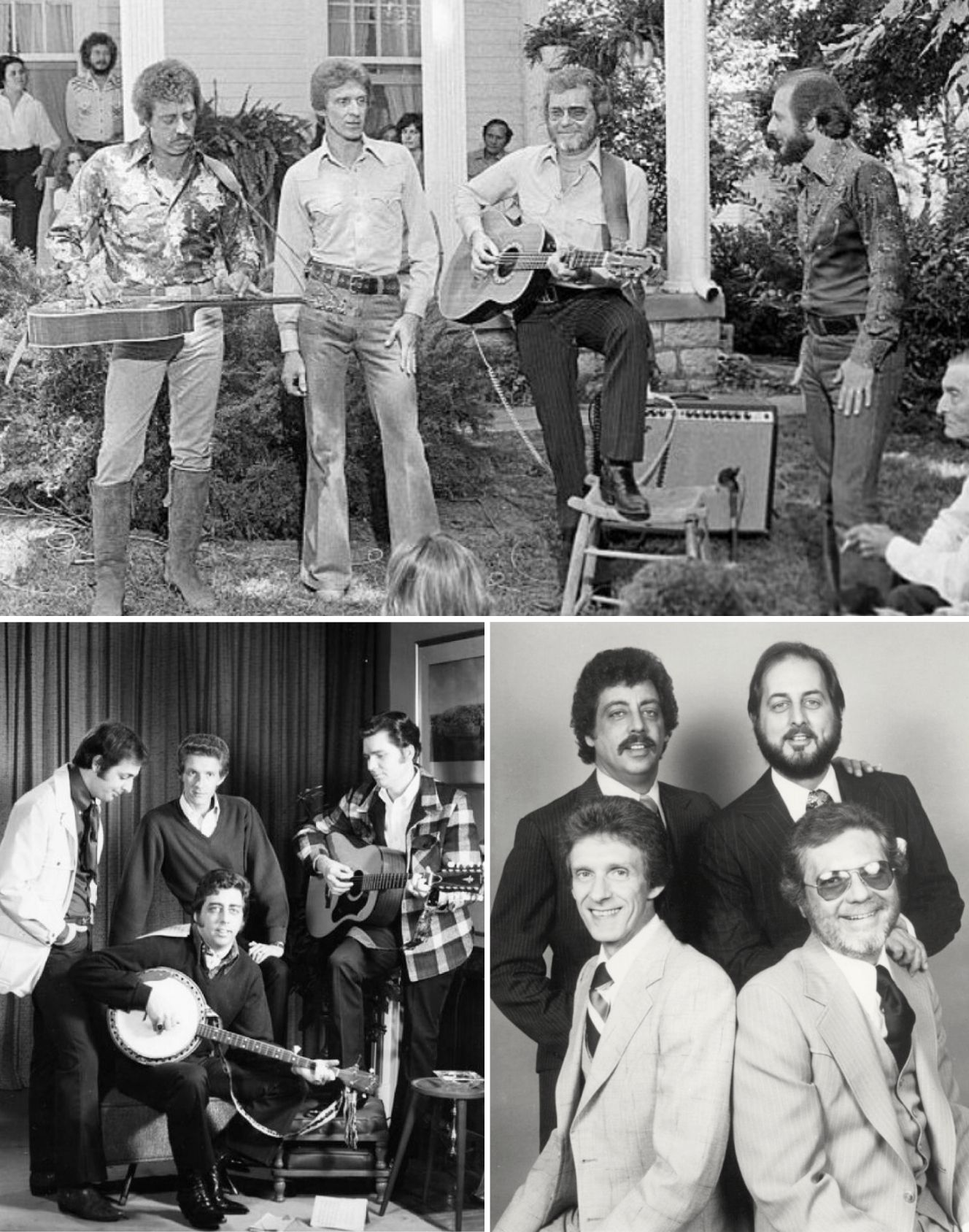
Few songs are truly written — rather, they are born from memory, pieced together from the ordinary days of ordinary people who once dreamed, laughed, and grew side by side. Such is the haunting reality of the Statler Brothers’ iconic ballad, “Class of ’57.” When first performed, their harmonies carried more than just melody; they bore the weight of small-town America — its dreams, detours, and the fragile, yet unbreakable threads of time that bind us to our past.
Every verse of this timeless song unfolds like a weathered old yearbook, its pages yellowed with age but the faces etched vividly in memory. There stands the struggling farmer, the factory worker entrapped in mechanized routine, and the dreamer whose ambitions slipped quietly into the shadows. These characters are not mere stereotypes; they are classmates, neighbors, and friends that mirror the lives we once knew — lives full of hope and harsh realities.
What sets the Statlers apart is their profound connection to the stories they sing. Don Reid, Harold Reid, Phil Balsley, and Lew DeWitt (soon to be replaced by Jimmy Fortune) didn’t just narrate these lives from afar; they lived them. Walking those same hallways, sharing identical small-town promises of “someday,” their voices in “Class of ’57” embody a testimony loaded with intimate, heartbreaking recognition. Their voices echo the bitter truth of youth’s innocence fading swiftly into life’s unavoidable realities.
Introduced in 1972 amidst America’s turbulent shift from post-war optimism to uncertainty, the song became a quiet, soulful reminder that beyond the loud headlines, real life thrived in small-town gyms, factories, churches, and kitchens. The Statlers were not detached observers; they were part of the very audience they touched.
To hear “Class of ’57” is to slip back into that classroom crowded with hopeful youth. Yet, the song remains unflinchingly honest: some succeeded, some faltered, and most found a place somewhere in between—a farmer, a mechanic, a misplaced dreamer. This candidness grants the piece its enduring power.
But this ballad is more than nostalgia. It is a meditation on time’s relentless passage, challenging listeners to accept that life often veers from plans, yet friendship and memory endure despite the miles and years scattered between us. Wrapped in harmonies so pure they threaten to fracture the heart, the Statler Brothers make us feel that the past, flawed yet precious, is deeply ours.
Master storytellers, the Statlers’ legacy extends beyond this one song. In “Flowers on the Wall,” they spun humor from loneliness; with “Do You Remember These,” they portrayed nostalgia laced with laughter; but in “Class of ’57,” they present a mirror to time itself — unvarnished, poignant, and endlessly relatable.
Today, whether played at reunions, radiated on classic country channels, or heard softly in the solitude of a car, the song whispers its ageless truth: years slip by, roads diverge, faces change, but in memory, in song, we remain forever young. Shoulder to shoulder in a shared small-town classroom, unity survives the relentless march of time.
Maybe that is why “Class of ’57” continues to grip hearts — it reminds us not only of who the Statler Brothers were but of who we were. It stirs the quiet vow that no matter the distance life imposes, the music of our youth and the friendships forged remain accessible, waiting to be summoned once again.
When the Statler Brothers’ voices rise in that final, soaring chorus, one truth is undeniable: the past is never truly lost. It lives on in harmony, memory, and the eternal refrain of a song that grew old with us.
As Don Reid once reflected in a heartfelt interview: “We didn’t just sing about our small town; we carried its heart and soul every time our voices joined together.” This is a song, a story, and a shared legacy that refuses to fade with time.